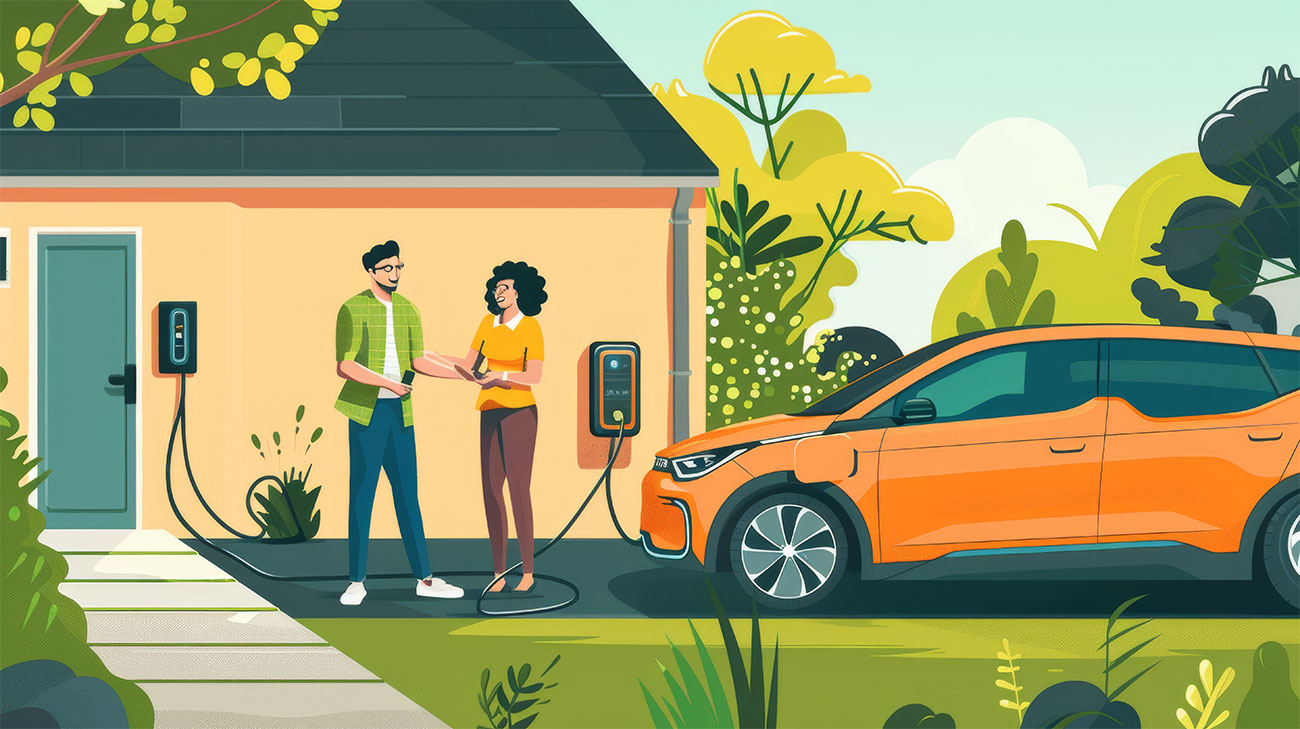Never Run Out of Power: Mastering AC Charging for Electric Vehicles
Foreword
Electric vehicles (EVs) have revolutionized transportation, but many drivers still find charging technology confusing. This guide breaks down AC charging—the most common method of powering your electric vehicle—in clear, practical terms.
AC Charging 101: The Basics
1. What Exactly is AC Charging?
Alternating Current (AC) charging is the standard replenishment of an electric vehicle’s battery. Unlike rapid DC charging, AC charging offers a more measured, battery-friendly approach to keeping your EV ready for the road.
2. Key Charging Characteristics
Charging Performance
- Power output: 3.7kW to 22kW
- Typical full charge time: 4 to 8 hours
- Perfect for overnight charging or extended parking
Charging Infrastructure
- Home charging units
- Workplace and public charging stations
- Portable charging solutions

Tayniu offers a wide range of AC charging solutions; contact us now!
The Science Behind AC Charging
1. How Charging Works
The charging process is more complex than it seems:
- Alternating current enters the vehicle
- An on-board inverter transforms AC to direct current
- The battery stores the converted energy
2. Critical Efficiency Factors
- Vehicle’s on-board charger capacity
- Charging station’s power output
- Battery’s current state of charge
- Ambient temperature and conditions
Why AC Charging Matters
- More affordable infrastructure
- Lower maintenance requirements
- Gentler on battery health
- Widespread availability
- Flexible installation options
Choosing the Right Charging Setup
Home Charging Strategies
1. Electrical System Assessment
- Verify your home’s electrical capacity
- Consult a certified electrician
- Plan for potential system upgrades
2. Home Charger Selection
- Ensure vehicle compatibility
- Evaluate power ratings
- Consider smart charging features
- Look for future-proof technologies
Safety: Your Top Priority
- Conduct regular equipment inspections
- Use manufacturer-approved charging cables
- Follow precise charging guidelines
- Maintain a clean, dry charging environment
- Monitor the charging process periodically
Charging Levels Explained
1. Level 1 Charging
- Standard household outlet (120V)
- Slowest charging method
- Adds roughly 3-5 miles of range per hour
- Ideal for emergency or occasional use
2. Level 2 Charging
- Dedicated 240V power source
- Significantly faster charging
- Typical for residential and commercial stations
- Provides approximately 25-30 miles of range per hour
3. Financial Considerations
- Home charging typically costs 50-70% less than gas
- Average electricity rate: $0.13 per kilowatt-hour
- Potential annual savings: $500-$1,000
- Lower total cost of vehicle ownership
Environmental Impact
Electric vehicles represent more than personal transportation—they’re a step toward sustainable mobility:
- Reduced carbon emissions
- Lower overall environmental footprint
- Support for clean energy infrastructure
Practical Takeaways
AC charging isn’t just a technical process—it’s the lifeline of your electric vehicle. Understanding its nuances ensures optimal performance, longevity, and driving experience.
Your Burning Questions Answered
Q1: Will frequent AC charging damage my battery?
Regular AC charging is designed to be gentle and is recommended by most manufacturers. Modern batteries are engineered to handle routine charging cycles.
Q2: How long does a complete charge take?
Typically 4-8 hours, depending on your vehicle’s battery capacity and the charging station’s specifications.
Q3: Can I install a home charging station myself?
While technically possible, professional installation is strongly recommended to ensure safety and compliance with local electrical codes.
Expert Tips:
- Always use quality manufacturer-recommended charging equipment
- Monitor battery temperature during charging
- Avoid frequent fast charging
- Maintain your battery between 20-80% charge for optimal longevity
Last Updated on November 26, 2024 by tayniu
